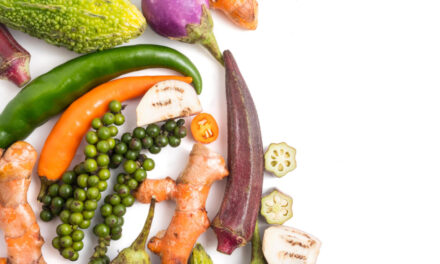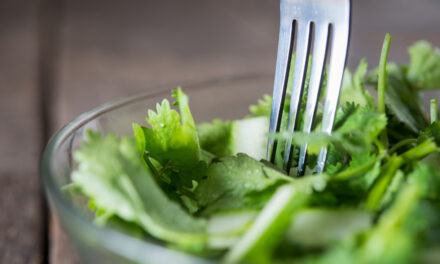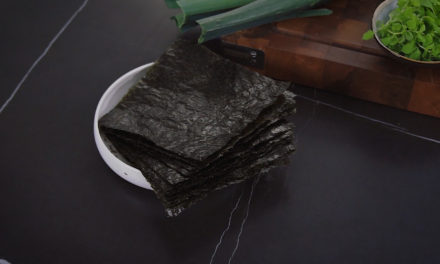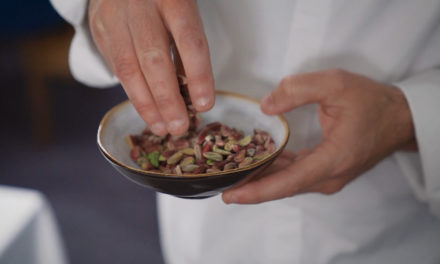
THE CHEF’S TOUCH : LIME ZEST

Lime peel gives energy to culinary preparations, which is why our Aqua Chef Nicolas Masse swears by it.
Consuming lime peel is very beneficial for your health and for the planet! After consuming the lime, don’t throw its peel away, keep it until you need it. In addition to flavouring your vegetables, you can also use it for cakes or infused in water. It adds aroma to a dish and may also be used in cocktails.
Choose and store it well
“Don’t judge a book by its cover” but in this case, it is necessary to select a lime with a thin and smooth skin as well as a bright green colour. All these factors guarantee a freshness of the fruit.
On the other hand, when the peel’s colour starts fading away, the fruit then degrades in quality.
Conventional lime cultivation often involves the use of pesticides harmful to humans and the environment. Organic crops do not need this kind of products. Choose an organic lime, especially if you want to eat its peel! Don’t forget to soak it well in a mixture of water and baking soda before consuming it, as we recommend in Less Saves The Planet.
Lime, like its peel, can be stored in a closed container in the refrigerator. If you make the zest, you can even freeze it or dry it in the oven for an hour and a half.
The health benefits of eating lime peel
The benefits of lime peel on your body are numerous!
- Rich in antioxidants, the peel of lime destroys free radicals and protects the body’s cells.
- According to a study published in the journal Agriculture and Food Chemistry, flavonoids in the bark of lime may lower your cholesterol. Thus, lime peel would keep you away from heart disease or diabetes!
- The potassium it contains helps regulate blood pressure.
- Lime skin protects your immune system with its vitamin C content.
The positive impact on the planet
The cultivation of lime is relatively beneficial to the planet, especially if it is organic. It should be noted, however, that conventional citrus production often requires pesticides and fungicides that can be toxic to the planet.
The carbon footprint of lime is 0.6 kg of CO2 emitted per kg produced! For comparison, this is the equivalent of a 2.5 km drive!
Its water footprint is also relatively low. To produce 1 kg of lime, it takes 642 liters of water, of which 432 liters are provided by natural rainfall.
In addition, consuming plant peels reduces your waste as it can be a problem for people living in the city to compost their peels.
In addition, sorting waste takes time and money. Using lime zest instead of throwing it away helps preserve our planet by simply completing this little “zest”!



















